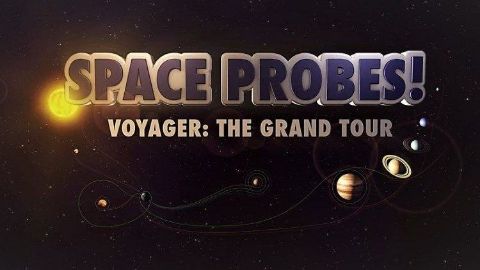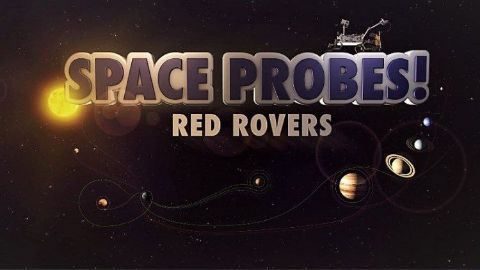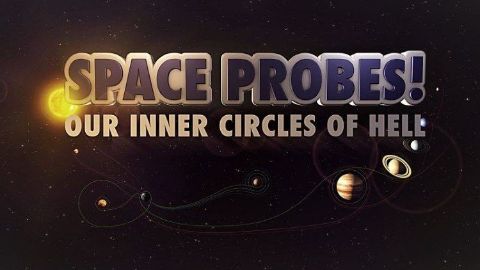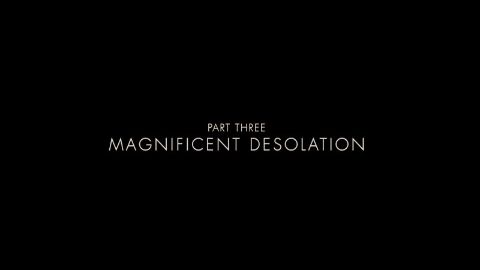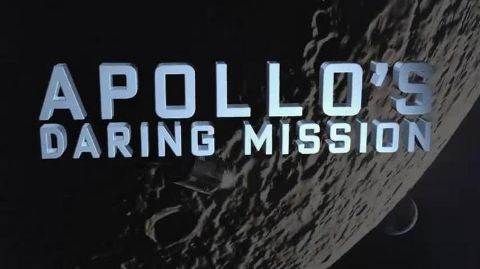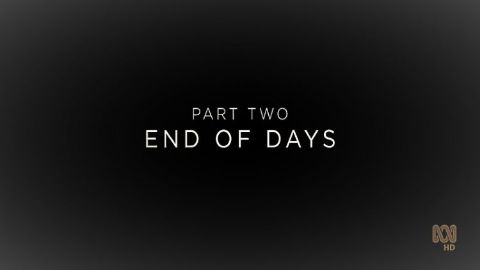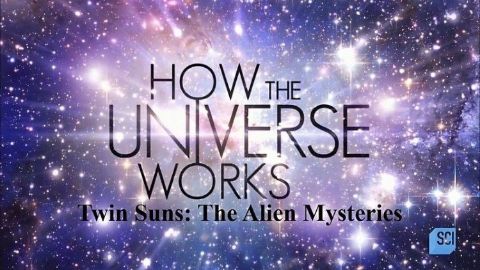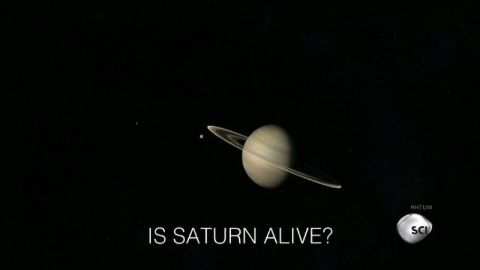Space Probes • 2016 • 6 episodes •
Voyager 1 and 2 are truly the probes that just won’t quit. Launched almost 40 years ago these twin probes continue to stun the world. They've explored all the giant outer planets of our solar system, 48 of their moons, and are now leaving the solar system, on a journey into interstellar space.
2016 • Astronomy
Cassini-Huygens has given us a more detailed account of Saturn than we could have ever imagined. Breathtaking images of Saturn and its sparkling rings, a massive 6-sided polar storm, and 62 moons - including the most bizarre worlds in our Solar System -- we have seen them all thanks to Cassini.
2016 • Astronomy
They are NASA’s first family – the wildly popular rovers. Follow the ongoing adventures of Curiosity and flash back to its precursors – twins Spirit and Opportunity, and little Sojourner - as they lift the veil on the mysteries of the Red Planet.
2016 • Astronomy
The inner planets, Mercury and Venus, orbit closest to the Sun, making them literally an Inferno of heat. NASA and other space agencies have attempted to learn more about these rocky planets. Follow the plucky probes that attempted to decipher the secrets of the Solar System's inner circles of hell.
2016 • Astronomy
A voyage a decade in the making, the New Horizons probe has travelled to the end of our Solar System to reveal a world unlike any other, Pluto. Now, as it heads deep into the Kuiper Belt, those responsible for its magnificent journey share their fears, joy and hope for this piano-sized explorer.
2016 • Astronomy
NASA has taken us to the outer reaches of our Solar System, but there are still many mysteries to explore. New probes are being designed to look at our sun, the deep oceans of icy moons, and perhaps even our closest neighboring system - Alpha Centauri.
2016 • Astronomy
